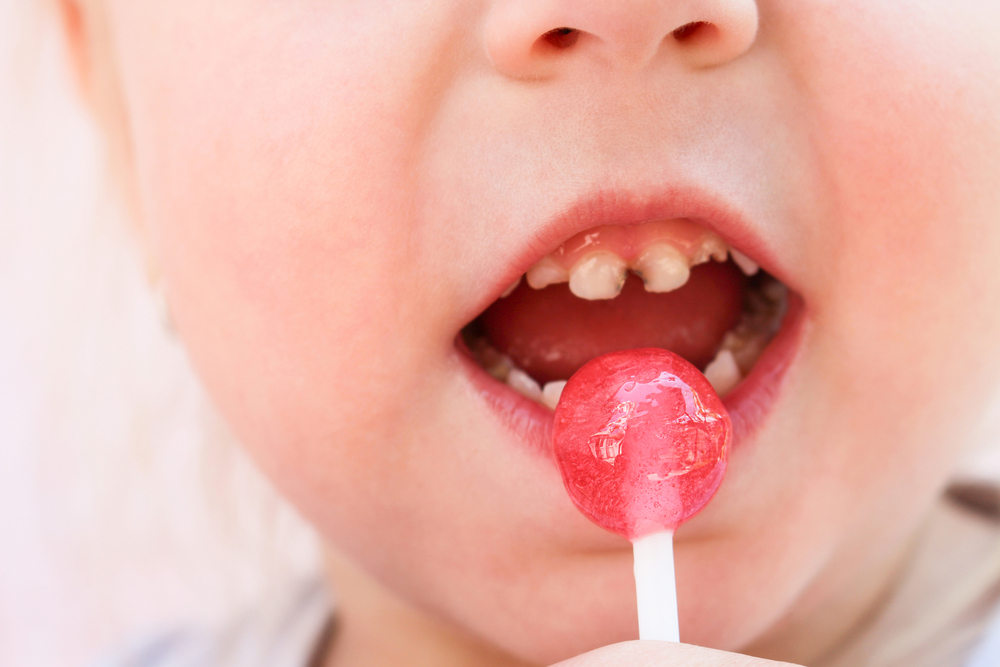Educative intervention about dental cavities on children from six to ten years old
DOI:
https://doi.org/10.5281/zenodo.15110241Keywords:
dental cavities, communication, risk factors, prevention, controlAbstract
Introduction: Dental cavities are considered as an oral disease of greater prevalence. If it is not treated on time, it becomes a risk factor for the general health of the patient.
Objective: To assess the effectiveness of the educative intervention about dental cavities “Take care of your smile and that of your relatives” on children from six to ten years old admitted to the Maxillofacial Surgery Service at Holguin Pediatric Hospital “Octavio de la Concepción y de la Pedraja” from October 2020 to January 2021.
Methods: A before and after quasi-experimental study was developed, without a control group with the application of an educative intervention. The universe was a number of eighty-seven children from six to ten years old and out of them seventy-nine were chosen through a simple random sample. The variables studied were: gender, age, level of knowledge about dental cavities, risk factors, prevention and control and effectiveness of the intervention. The study was carried out in three phases: diagnostic, intervention and evaluation. The survey was used as empirical method to collect information. The results are showed on a statistical table .The MacNemar test was applied.
Results: During the intervention, the predominant ages were from nine to ten years old (59.5%) and female gender represented 57% of the total. After the educative intervention was applied, there was an increase on the level of adequate information about dental cavities, its risk factors, control and prevention at a 92.4%, 93.6% and 96.2% of children respectively; 94% of them showed an acceptable knowledge.
Conclusions: The educative intervention was effective because it achieved a high level of general knowledge about dental cavities on children.
References
Sosa M, Toledo T, Barciela MC, García M, Rojo M, Morgado DE, et al. Programa Nacional de Atención Estomatológica Integral. La Habana: Ciencias Médicas; 2013
Martins Paiva S, Álvarez Vidigal E, Abanto J, Cabrera Matta A, López Robles RA, Masoli C, et al. Epidemiología de la caries dental en américa latina. Rev Odontopediatr Latinoam.2021 [citado 21/052021]; 4(2). Disponible en: https://revistaodontopediatria.org/index.php/alop/article/view/21
Villamar Páez CA, Tobar Castillo EL, Torres Ávila JA. Higiene bucal como factor determinante en incidencia de caries dental niños de 6 a 12 años. ReciMundo.2021 [citado 21/05/2021]; 5(1):227-240. Disponible en: https://www.recimundo.com/index.php/es/article/view/1001
Morales Miranda L, Gómez Gonzáles W. Caries dental y sus consecuencias clínicas relacionadas al impacto en la calidad de vida de preescolares de una escuela estatal. Rev Estomatol Herediana. 2019 [citado 20/05/2021];29(1).Disponible en: http://www.scielo.org.pe/scielo.php?script=sci_arttext&pid=S1019-43552019000100003&lng=es. http://dx.doi.org/10.20453/reh.v29i1.3491
Calle Sánchez MJ, Baldeón Gutiérrez RE, Curto Manrique J, Céspedes Martínez DI, Góngora León IA, Molina Arredondo KE, et al. Teorías de caries dental y su evolución a través del tiempo: revisión de literatura. Rev Cient Odontol (Lima).2018 [citado 24/05/2021];6(1):98-105.Disponible en: https://revistas.cientifica.edu.pe/index.php/odontologica/article/view/426/456
Gispert Abreu EA, Salas Adam MR. El deber de actuar por la salud bucal y la felicidad. Rev Cubana Estomatol.2021 [citado 21/05/2021];58(1).Disponible en: http://www.revestomatologia.sld.cu/index.php/est/article/view/3360
Elamin A, Garemo M, Gardner A. Dental caries and their association with socioeconomic characteristics, oral hygiene practices and eating habits among preschool children in Abu Dhabi, United Arab Emirates — the NOPLAS project. BMC Oral Health. 2018 [citado 13/12/2021];18(104).Disponible en: https://www.ncbi.nlm.nih.gov/pmc/articles/PMC5994070/
Koberova R, Radochova V, Zemankova J, Ryskova L, Broukal Z, Merglova V. Evaluation of the risk factors of dental caries in children with very low birth weight and normal birth weight. BMC Oral Health.2018 [citado 13/12/2021];21(11).Disponible en: https://www.ncbi.nlm.nih.gov/pmc/articles/PMC7789597/
Carrasco Loyola M, Orejuela Ramírez F. Consecuencias clínicas de caries dental no tratada en preescolares y escolares de instituciones educativas públicas. Rev Estomatol Herediana.2018 [citado 21/05/2021];28(4):223-228.Disponible en: http://www.scielo.org.pe/scielo.php?script=sci_arttext&pid=S1019-43552018000400002&lng=es
Cubero Santos A, Lorido Cano I, González Huéscar A, Ferrer García MA, Zapata Carrasco MD, Ambel Sánchez JL. Prevalencia de caries dental en escolares de educación infantil de una zona de salud con nivel socioeconómico bajo. Rev Pediatr Aten Primaria. 2019 [citado 21/05/2021]; 21(82):47-59. Disponible en: http://scielo.isciii.es/scielo.php?script=sci_arttext&pid=S1139-76322019000200007&lng=es
Vélez Vásquez VA, Villavicencio Caparé E, Cevallos Romero S, del Castillo López C. Impacto de la experiencia de caries en la calidad de vida relacionada a la salud bucal; Machángara, Ecuador. Rev Estomatol Herediana.2019 [citado 21/05/2021];29(3):203-212. Disponible en: http://www.scielo.org.pe/scielo.php?script=sci_arttext&pid=S1019-43552019000300006&lng=es
Leyva Brooks S, Matos Gamboa JC, Sánchez Fernández NE. Intervención educativa sobre prevención de caries dental en una escuela primaria. Gac méd estud. 2021 [citado 21/05/2021];2(1). Disponible en: http://www.revgacetaestudiantil.sld.cu/index.php/gme/article/view/90
Solis G, Pesaressi E, Mormontoy W. Tendencia y factores asociados a la frecuencia de cepillado dental en menores de doce años, Perú 2013-2018. Rev Perú Med Exp Salud Públic.2019 [citado 21/05/2021]; 36(4):562-572. Disponible en: http://www.scielo.org.pe/scielo.php?script=sci_arttext&pid=S1726-46342019000400003&lng=es. http://dx.doi.org/10.17843/rpmesp.2019.364.4888

Published
How to Cite
Issue
Section
License
Copyright (c) 2022 Revista Estudiantil HolCien

This work is licensed under a Creative Commons Attribution-NonCommercial 4.0 International License.
Centro Provincial de Información de Ciencias Médicas. Universidad de Ciencias Médicas de Holguín. Cuba.
Política de acceso y distribución
El total de los artículos publicados son contribuciones de acceso abierto, que se distribuyen según los términos de la Licencia Creative Commons Atribución–NoComercial 4.0 que permite el uso, distribución y reproducción no comerciales y sin restricciones en cualquier medio, siempre que sea debidamente citada la fuente primaria de publicación.




